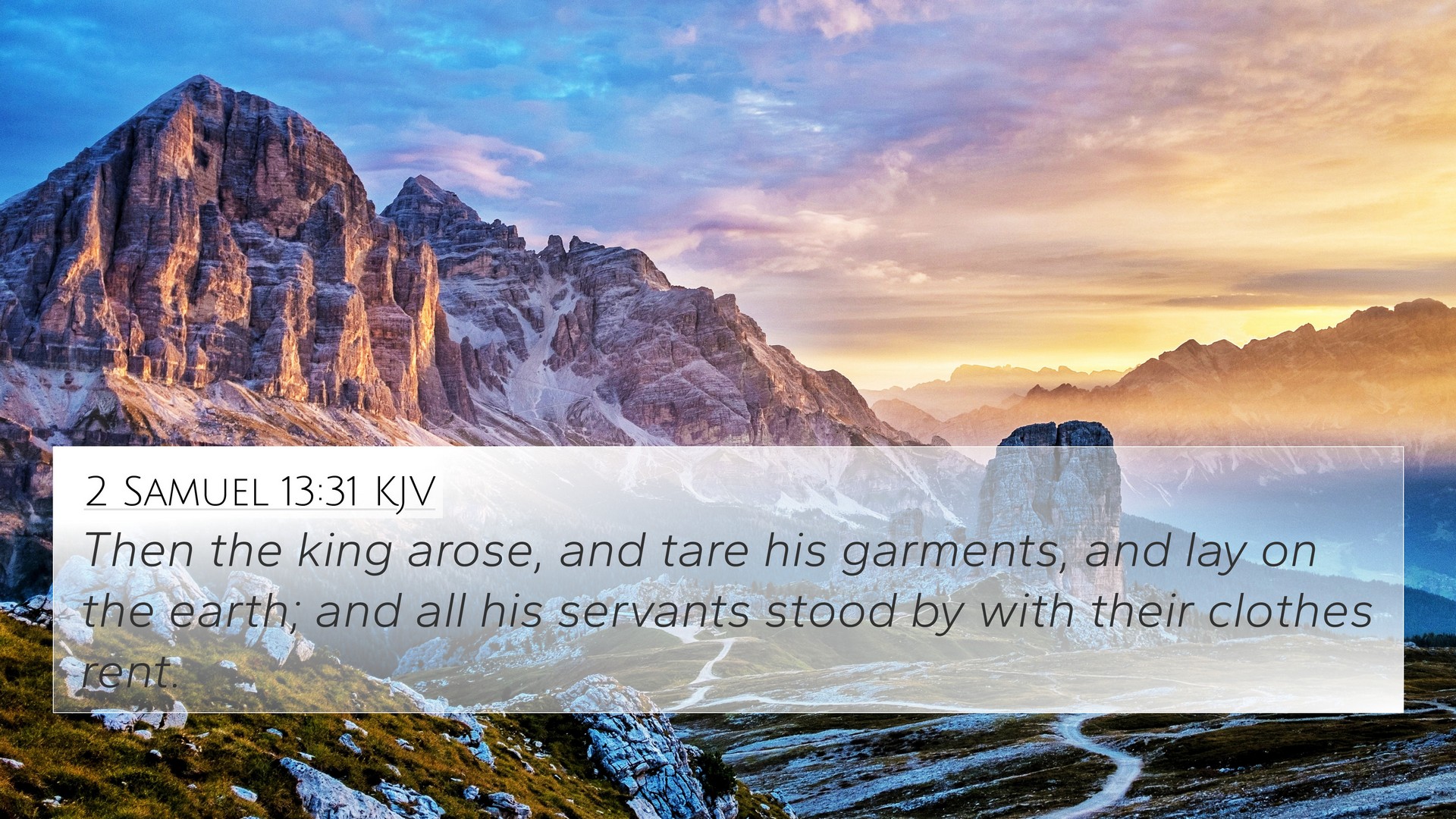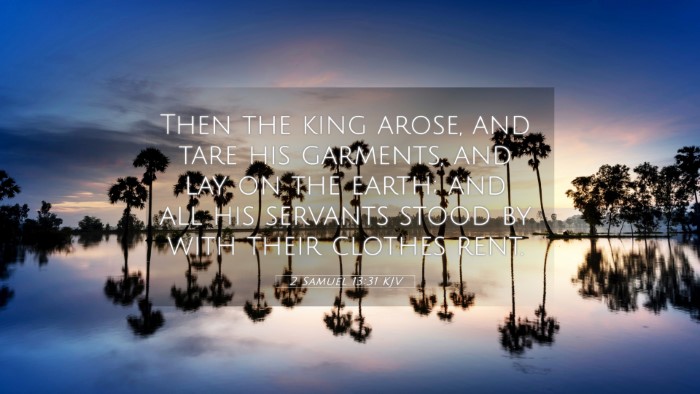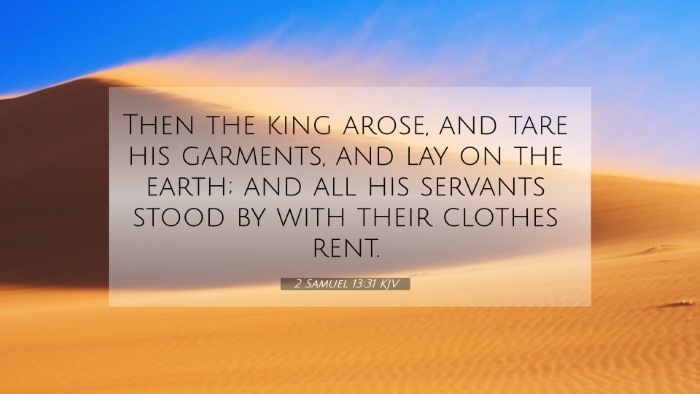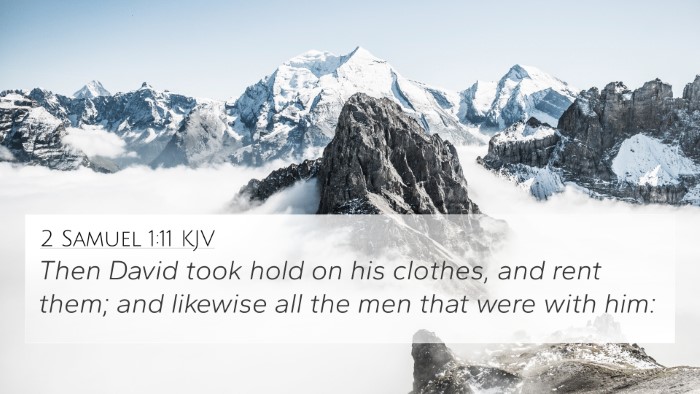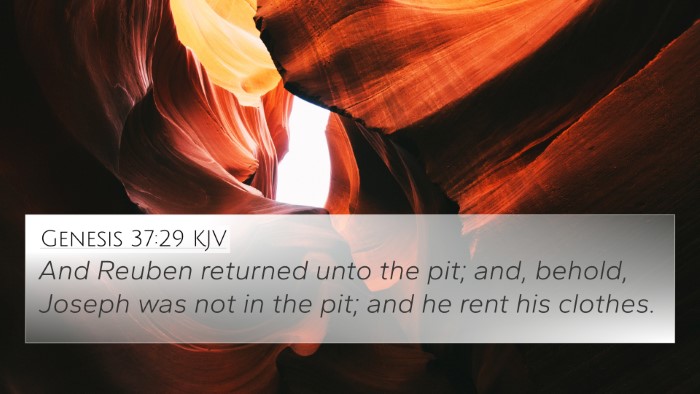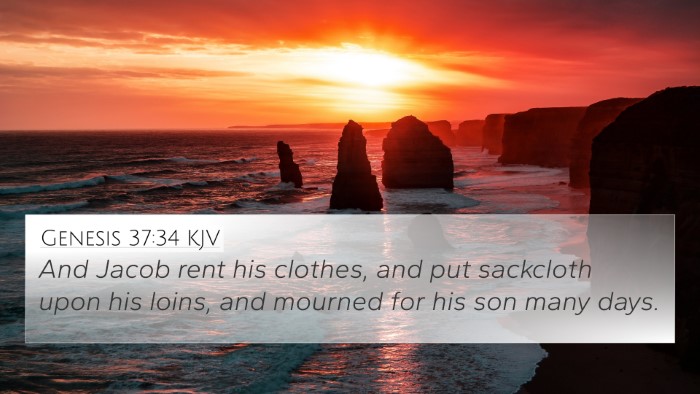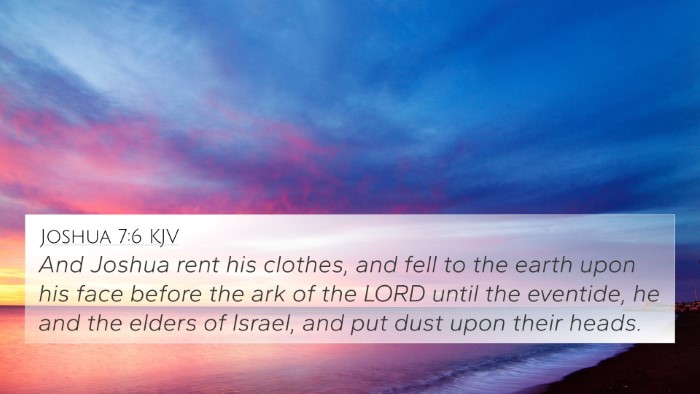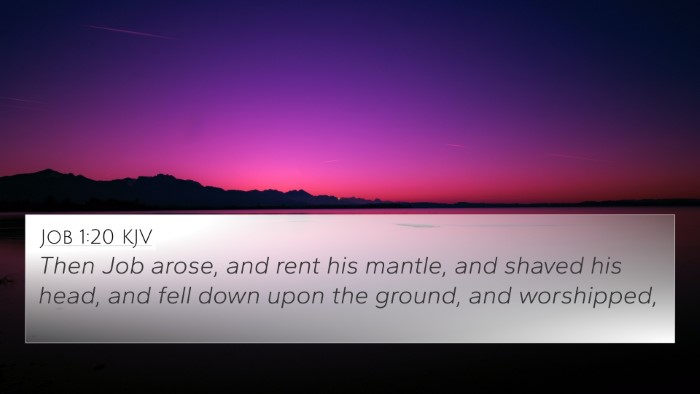Understanding 2 Samuel 13:31
“Then the king arose and tore his garments, and lay on the earth; and all his servants stood by with their clothes torn.”
Introduction
2 Samuel 13:31 depicts a profound moment of grief experienced by King David upon hearing about the dreadful act done to his daughter Tamar. This verse encapsulates the depth of David's sorrow and provides insights into the emotional state of a father dealing with tragedy.
Summary of the Verse
-
Context: This verse follows the account of Absalom’s revenge on Amnon, who had raped Tamar, David’s daughter. David's reaction indicates not only his personal grief but also the state of his royal house torn by violence and betrayal.
-
Emotion: David’s act of tearing his garments symbolizes deep mourning and despair. This is a common expression of sorrow in the scriptures, reflecting the gravity of what has transpired.
-
Public Grief: The response of David’s servants mirrors his own anguish, highlighting the collective sense of loss and the impact of personal tragedy on a community or nation.
Bible Verse Cross-References
- Genesis 37:34: Jacob tears his garments upon hearing about Joseph’s supposed death, displaying the traditional expression of mourning.
- Job 1:20: Job tears his robe and shaves his head in reaction to the devastating news of his children’s death.
- Matthew 26:65: The high priest tears his robe in a moment of anguish and condemnation, linking emotional expressions throughout scripture.
- 2 Samuel 1:11-12: David mourns the death of Saul and Jonathan, tearing his clothes as a sign of grief.
- Luke 19:41: Jesus expresses sorrow over Jerusalem, weeping for the fate of the city, reflecting a deep emotional connection to his people.
- Esther 4:1: Mordecai tears his clothes and puts on sackcloth to express mourning over the decree against his people.
- Jeremiah 36:24: The leaders react to the prophecy with fear and tearing of clothes, showing a symbolic response to impending judgment.
Commentaries Summary
Matthew Henry's Commentary: Matthew Henry emphasizes the desperate state of David and the ramification of Amnon’s crime. The act of tearing one’s robe is seen as a testimony to intense grief and personal loss, showing how personal sin can lead to family destruction.
Albert Barnes' Notes: Barnes elaborates on the tragic sequence of events leading to this moment. He interprets the tearing of clothes as a cultural expression of mourning, which is a way to honor the person who suffered and signal to others the gravity of the loss.
Adam Clarke's Commentary: Clarke discusses the implications of David’s mourning, suggesting that it highlights the dysfunctionality within David’s family, foreshadowing further discord due to sin and violence. The verse serves to portray the complexities of human emotions and familial relationships in the Bible.
Thematic Connections
The themes of grief, betrayal, and family tragedy resonate throughout scripture. 2 Samuel 13:31 thus serves as a link to various instances of heartbreak and mourning in the Bible, calling attention to how these themes interweave the stories of different characters.
Conclusion
2 Samuel 13:31 stands as a poignant reminder of the tragic consequences of sin and the deep human emotions involved. Through cross-referencing with other biblical texts, we uncover a tapestry of shared experiences that illuminate the nature of grief and betrayal across the scriptures.
Further Exploration
For those looking to explore the connections between this verse and others, utilizing tools for Bible cross-referencing, a Bible concordance, or a cross-reference Bible study guide can illuminate the framework of sorrow and loss within scripture. Each biblical narrative, while distinct, shares thematic truths that resonate in God’s overarching story of redemption and sorrow.
Find Related Verses
To discover what verses are related to 2 Samuel 13:31, one might consider searching for passages that speak to grief, family dynamics, and violence in relationships. Some pertinent queries include:
- What Bible verses relate to David's profound sorrow?
- How do the events of Tamar’s story connect with broader themes of sin and redemption?
- Similarities between Old Testament mourning practices and New Testament reactions to loss.
